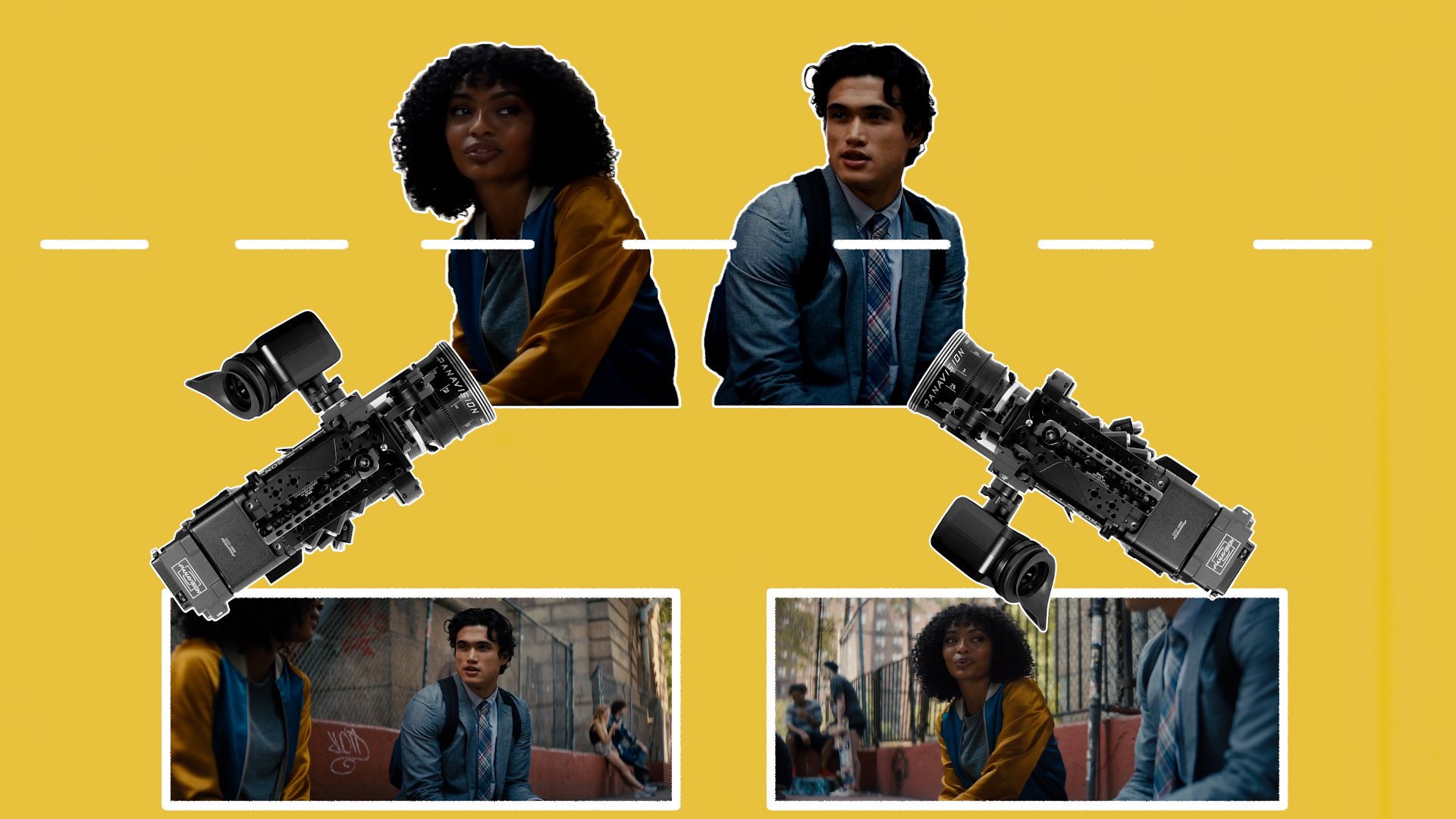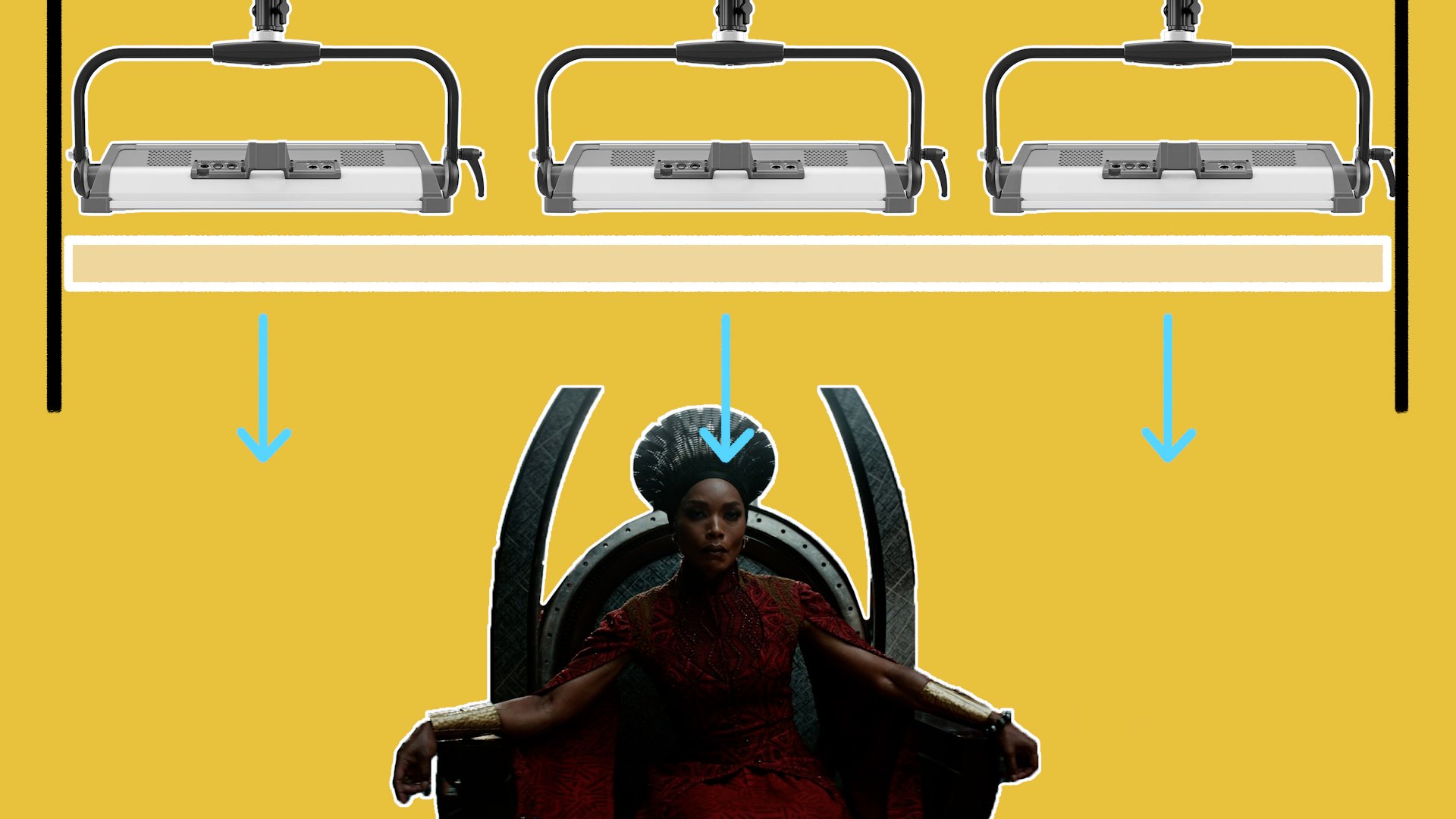Cinematography Style: Autumn Durald Arkapaw
INTRODUCTION
Autumn Durald Arkapaw’s cinematography evolved from starting out on indie sets to now shooting big budget Marvel productions. She leans in to creating widescreen, anamorphic images, with lighting that often favours a darker exposure, in both quality and tone, to visually portray more intimate, personal portraits of characters.
In this episode I’ll take a deeper look at what makes her cinematography stand out by looking at some of her thoughts and ideas on the filmmaking process as well as delving a bit deeper into some of the gear and techniques that she uses to bring her ideas to life.
PHILOSOPHY
Although she had an early love for photography, her pursuit of a profession in filmmaking didn't begin immediately after university. Instead she pursued a career in advertising for three years, which allowed her to save enough money to eventually quit her job and start seeking opportunities in the camera department. After this she was able to study at the prestigious AFI.
These early opportunities included working on a documentary series and filming short form content such as music videos. Both of these forms of filmmaking have more limited prep time - which meant that she developed an ability to work quickly.
Once she moved into long form indie features she could transfer this skill, while also having a bit more preparation time to visually conceptualise the look she wanted.
“I need to feel something first before I can make images to make other people feel something. I think that’s very important to me.” - Source: Panavision
This ability to work quickly by formulating a clear photographic vision of what she feels best imparts the emotional tone that suits the story and being able to articulate that vision on a technical level to crew again transferred up when she got opportunities on higher budget work.
“You have to make decisions quickly and be fast. So I think coming from indie films and doing a ton of work on smaller stuff, it all serves you when you, kind of, get to a really high level because you’re going to be asked millions of questions, you have a long schedule, there’s lot of money on the line, you have a lot of more experienced people around you asking you what you want. And you need to be able to answer quickly and you have to know, truly, what it is that you truly want to communicate.” - Source: AFI
Part of what makes this process smoother is surrounding yourself with skillful and likeminded collaborators - not only through choosing a knowledgeable crew who can take your creative or technical ideas and make them a reality, but also, hopefully, through working with directors who have a clear vision for the film and at the same time are open to collaboration from their heads of departments.
This desire to surround herself with strong collaborators has always been there since her first feature, Palo Alto, which she shot with some of her close friends.
“When you're making a film with friends and it's small like that and you pick your crew wisely it feels like a family. So you don’t really feel when the camera is rolling or not rolling. You try and keep it intimate. So that later all of those elements are translated on screen.” - Source: Camerimage
This idea of maintaining an intimacy to the storytelling and presenting the narrative in a character driven, personal way is a thread she’s carried through her work. Not only in her indie filmmaking endeavours but also in high budget movies like Black Panther where they used big close ups of actors with a shallow depth of field that isolated characters within frames, accentuating their emotions.
Like all cinematographers these stylistic choices, such as framing, camera movement, lens choice and lighting, are all made depending on the content of the story - with the goal always being to visually serve the narrative rather than leaning on style for style’s sake.
An example of this can be seen in how she lit Wakanda Forever. In terms of the cinematography it’s a very different movie to the first one in the franchise - which was shot by Rachel Morrison. This sequel’s narrative leaned into an emotionally heavier tone, around the loss of an amazing actor and character. To visually evoke this tone much of the lighting went far darker than before, with heavier shadows, and softer lenses which at times brought out more of a dreamy mournful feeling.
GEAR
Pretty much all of her long form narrative work has been characterised by her love of the widescreen, Panavision anamorphic look, except for her first feature Palo Alto which she shot spherically on Panavision Super Speeds.
“There’s so much personality in the frame when you’re shooting anamorphic. I enjoy how people are framed in a wider field of view. I feel like when you have a close up where you have groups of people and maybe one should be focused on you can still relate and have context.” - Source: Panavision
This is a framing technique that she often uses in her work by composing close ups of characters quite central in the frame, with a balanced negative space on either side, which, because of the wide field of view will get filled either with more of the location and set, or will start to feel other characters on the edges.
Or, she will shoot with a more traditional over the shoulder shot reverse shot framing. This is where the camera shoots each character from the same side of a 180 degree line, but at an opposite, but balanced angle, that focuses on one character, yet uses the increased width of the anamorphic frame to feel the shoulder of the other character in the conversation.
She usually likes to visually capture a hint of the presence of other characters in the space rather than to shoot these shots ‘clean’ so that one character is isolated and shown at a time.
She usually shoots with anamorphic lenses from Panavision - either their more vintage glass like the C-Series that have more falloff on the edges and a beautiful swirly oval bokeh, or more modern sets like the T-Series that come with updated ergonomics that are easier to use, great close focus, more minimal breathing, a bit more contrast and a bit of a larger, sharper, central sweet spot.
Although, she’s also used a detuned version of these modern T-Series lenses - which maintains their modern ergonomics but gives the glass slightly more dreamy, vintage characteristics.
This central sweet spot of anamorphic glass favours her framing style of composing characters in the sharper portion of the frame - with the focus falloff on the edges drawing the eye inward to the middle of the shot.
Anamorphic glass also gives images a softer, more nostalgic, dream-like quality than most spherical lenses - which, again, suited the emotional tone of Wakanda Forever, which had a very different feeling to the original film that was shot on sharper, more even, regular lenses.
When picking focal lengths she also usually is drawn to wider angle lenses - that again supports her idea of seeing more width and background in the shot.
When it comes to lighting, each location will be different. However, a technique she has used for interiors, especially when working in studios, is to rig a soft overhead source of light to lift the general levels of ambient light in the room in a diffused, natural way.
On larger jobs this may be done by rigging large amounts of controllable units, such as Skypanels, then rigging a layer of diffusion as a scrim underneath those sources, to soften its intensity and spread it. These will be skirted by a black textile so that the light falls directly downward and is contained to a specific area.
From there she’ll then add sources on the ground such as a backlight, or side keylight, depending on the location and where the natural light can be motivated from.
Another consideration in her lighting is thinking about skin tones. When working with skin with different tonalities she’ll try to strike a balance between getting true, realistic colour, projecting the right mood, which for interiors is usually on the darker side, yet giving characters enough illumination so that their performance doesn’t get lost in the darkness by underexposing too much.
To help capture true, accurate skin tones she likes shooting on either an Alexa, like the large format Mini LF or Super35 format Mini, or on the Sony Venice. She likes using the lower native 500 EI base on the Venice, rather than the higher 3,200 ISO rating, when needing to maximise dynamic range - as she feels the lower base allows her to recover an extra 2 stops in the highlights.
This is especially useful for day exteriors with bright sun and heavy shadow, or even for night scenes lit with a bright fire source.
To further diffuse the light and create a texture in the mid tones she’ll also often use haze to create atmosphere. This enhances the dreamy, nostalgic quality which is built into the lenses as well as the lighting.








